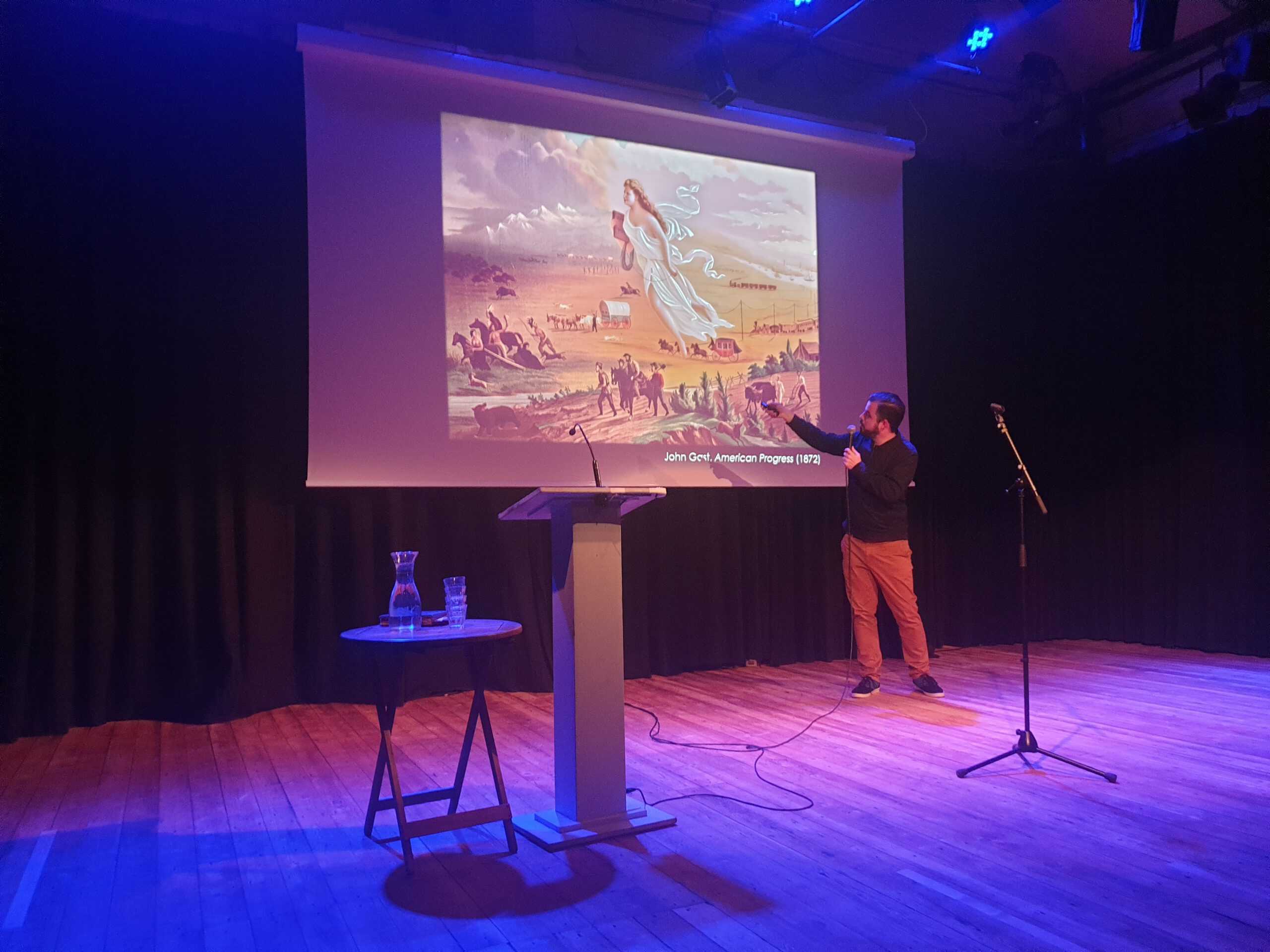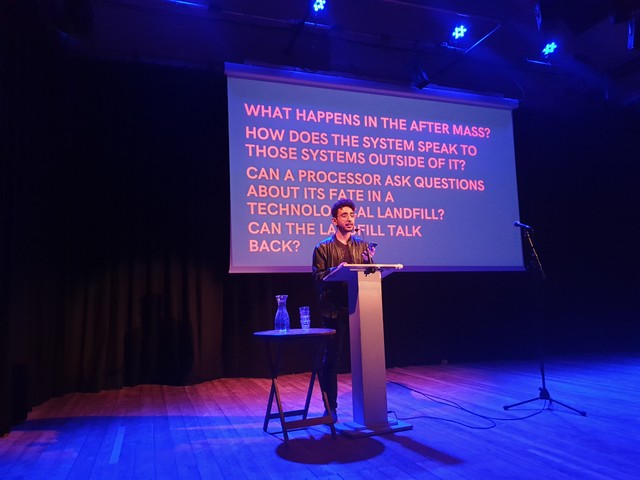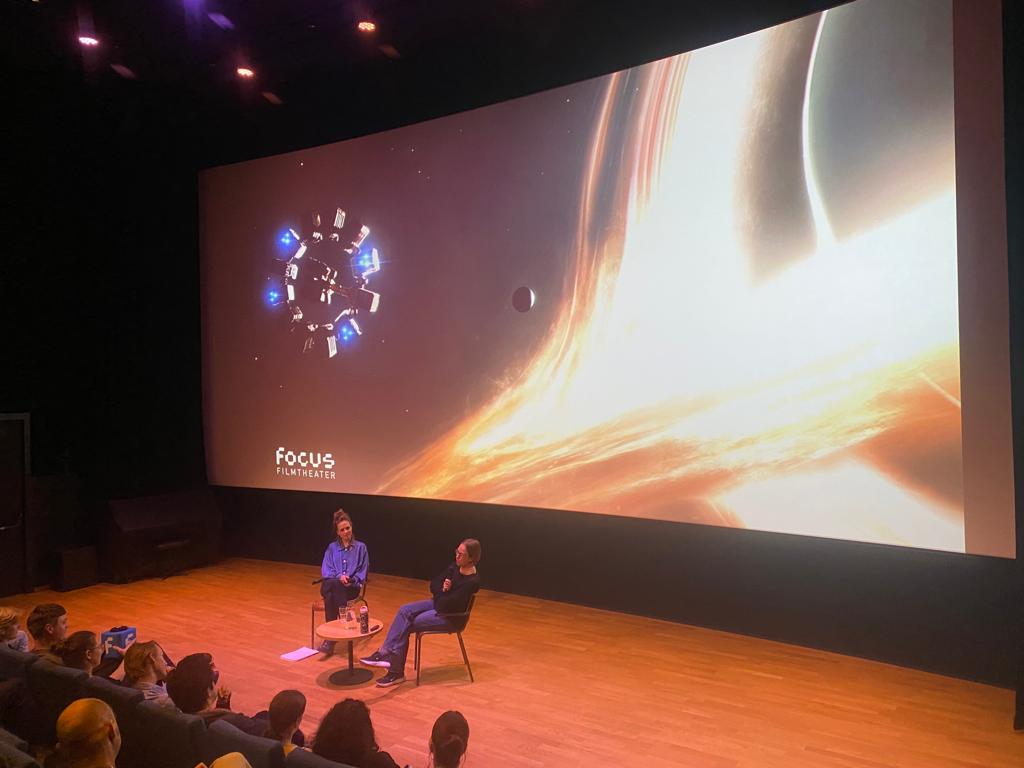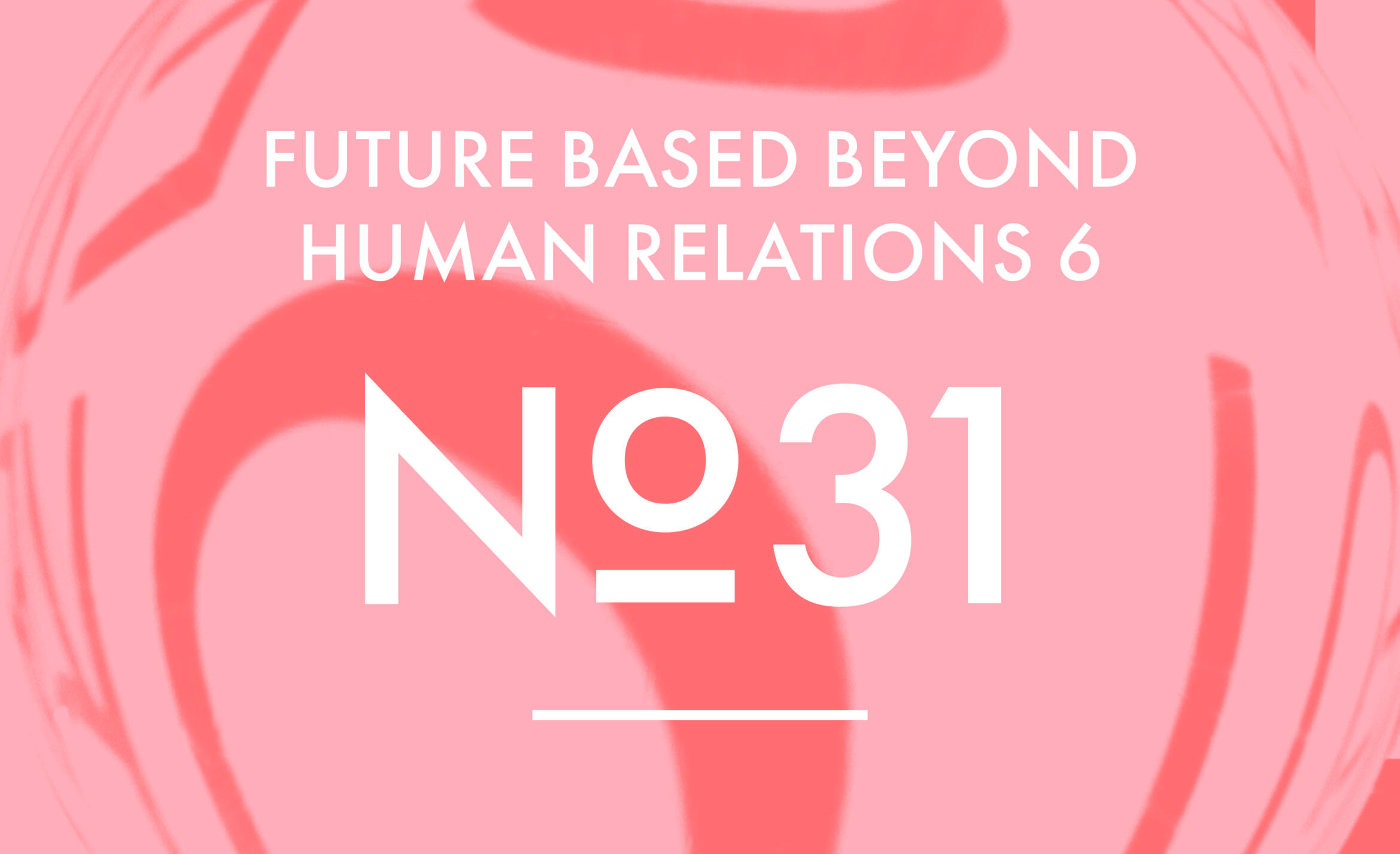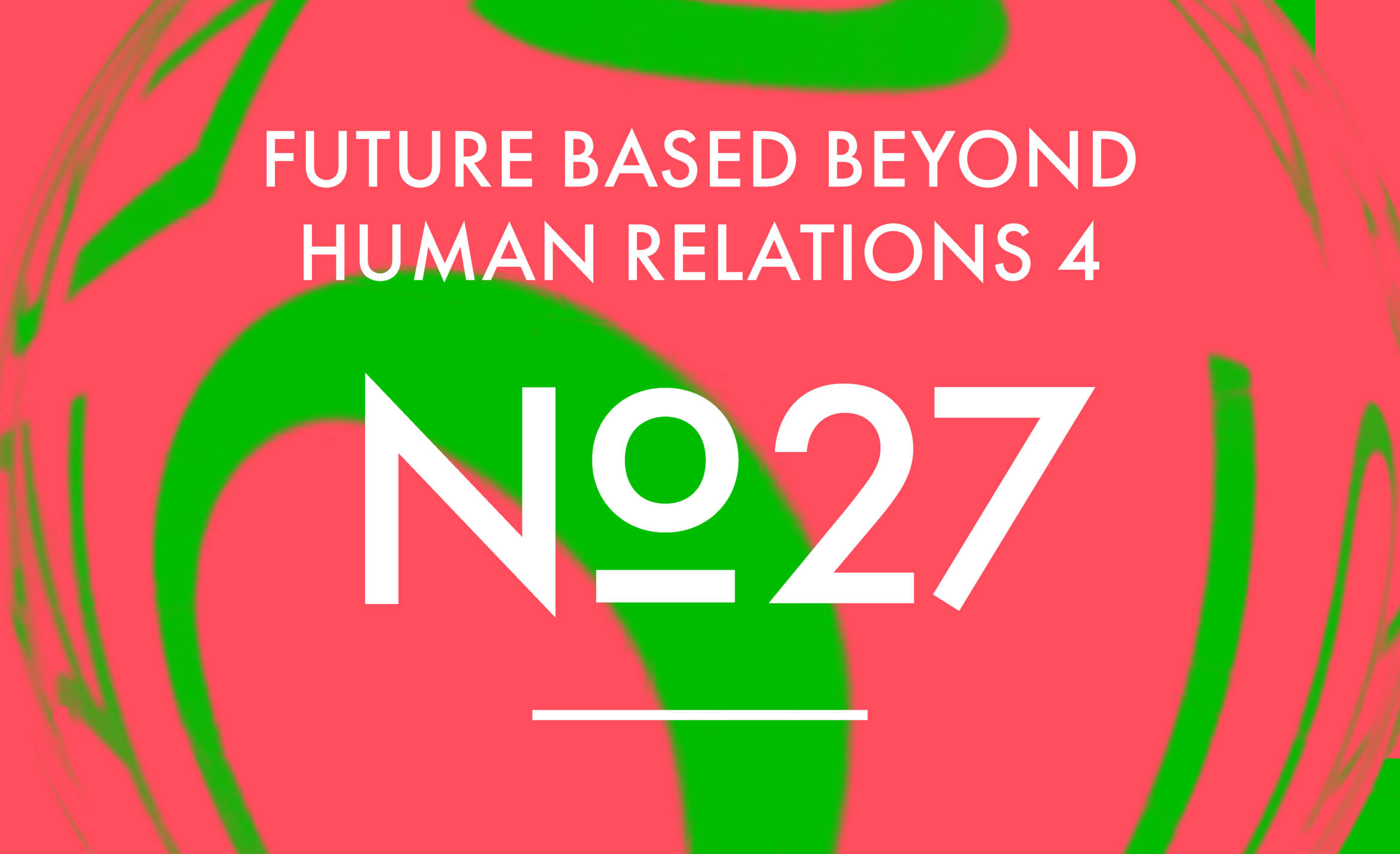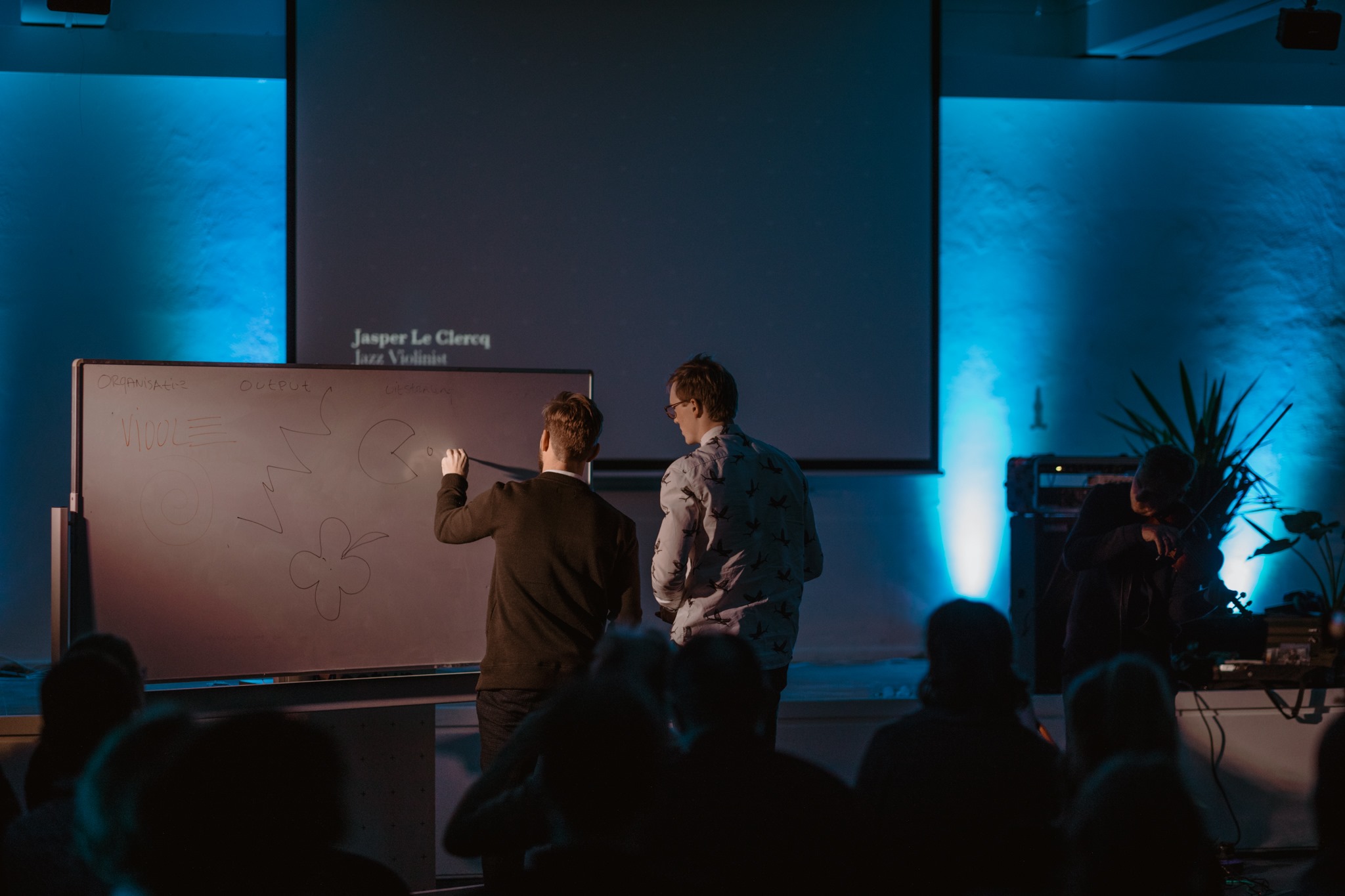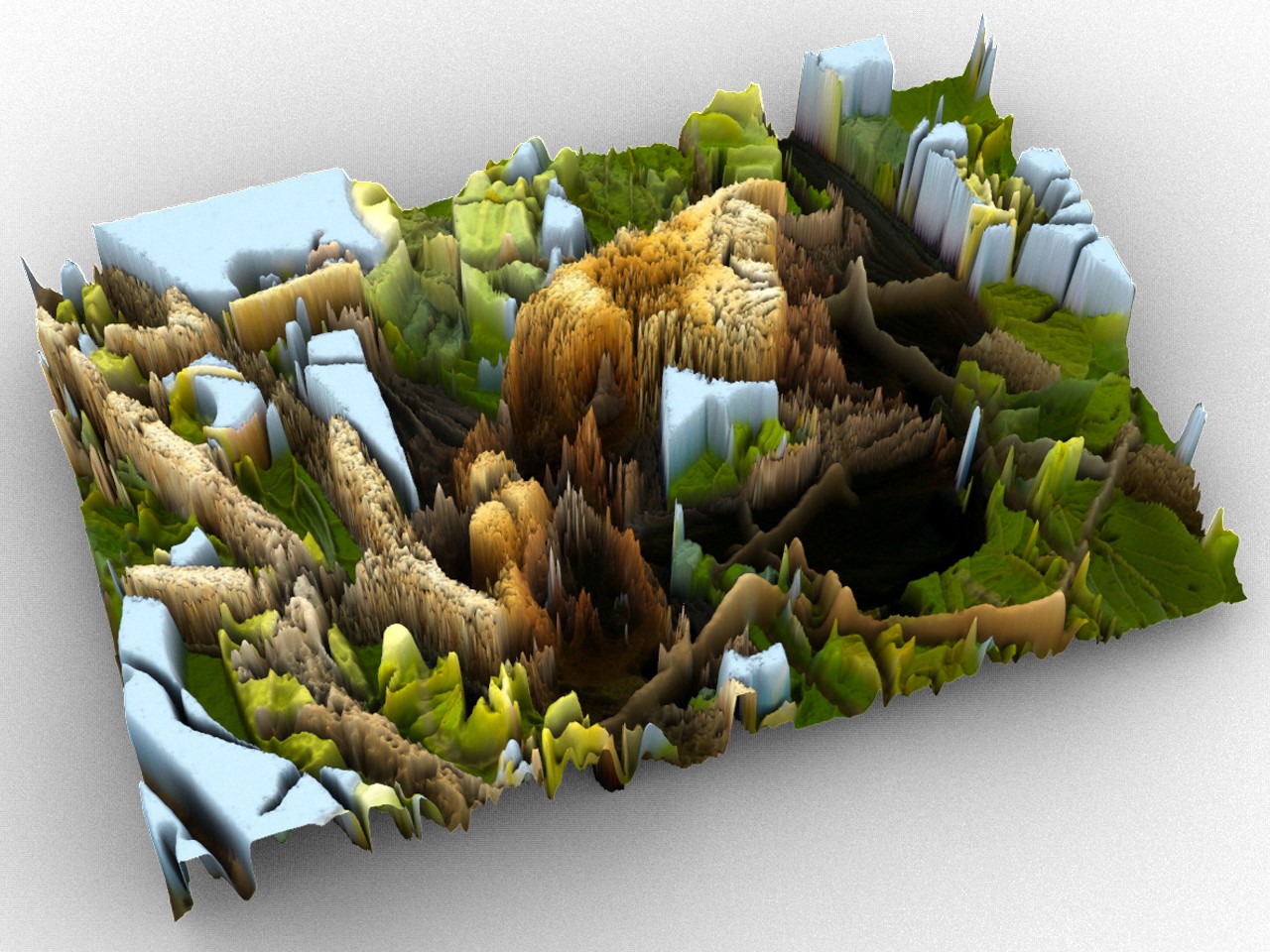Non-Human Centered AI
Viraj Joshi is a designer, technologist, and futurist based in London. He designd curious objects and fiction with great affinity towards our technological and social futures. Viraj is also the Creator of Eliza. Eliza is a series [...]
Animal Awareness
Aysha Akhtar, M.D., M.P.H., is a double Board-certified neurologist and preventive medicine/public health specialist. She is demonstrating how there is a mutual benefit to both humans and animals when animals are protected. Dr. Akhtar is the [...]
The Reality of Symbiosis
Sometimes reality catches up with fiction really fast. In their work, designer Noam Youngrak Son often experiments with blurring boundaries between science fiction and reality. Whether it concerns speculative scenario’s on the value of viruses or [...]
The Wicked, the Wanted and the Wonder
On how interdisciplinary research changes directions Text: Sabine Winters / edit Kees Müller At the beginning of 2020 it once again became very clear what kind of interconnected world we live in. What started on the other side of the world effortlessly came our way with lightning speed. For many, this time felt and still feels like an alienating experience, ‘as if we were living in a film’. During the period the Covid-19 situation worsened in the Netherlands, we of Fillip Studios and Future Based had just begun the second period of an interdisciplinary residency programme. In this residency programme, we explored precisely the interconnectedness of globalization and its possibilities, as well as the problems [...]
Becoming a Bat. Embodying COVID-19: SF Ways of Fighting Helplessness Confronting the Pandemic.
This work was submitted by Noam Youngrak Son. The opinions and conclusions expressed in it do not necessarily constitute those of the Future Based platform. All rights reserved to the author. Do you have a thesis, a dissertation, or any other kind of research that is gathering dust on a shelf? Would you like to submit your work to our database? Get in touch! Note: In order to thank bats that provided a critical perspective for this text, the illustrations are translated into a format that is more readable for their sensory organs. Bats usually have low vision, but they can sense three-dimensional shapes using echolocation. It’s been more than a week since I wrote the [...]

